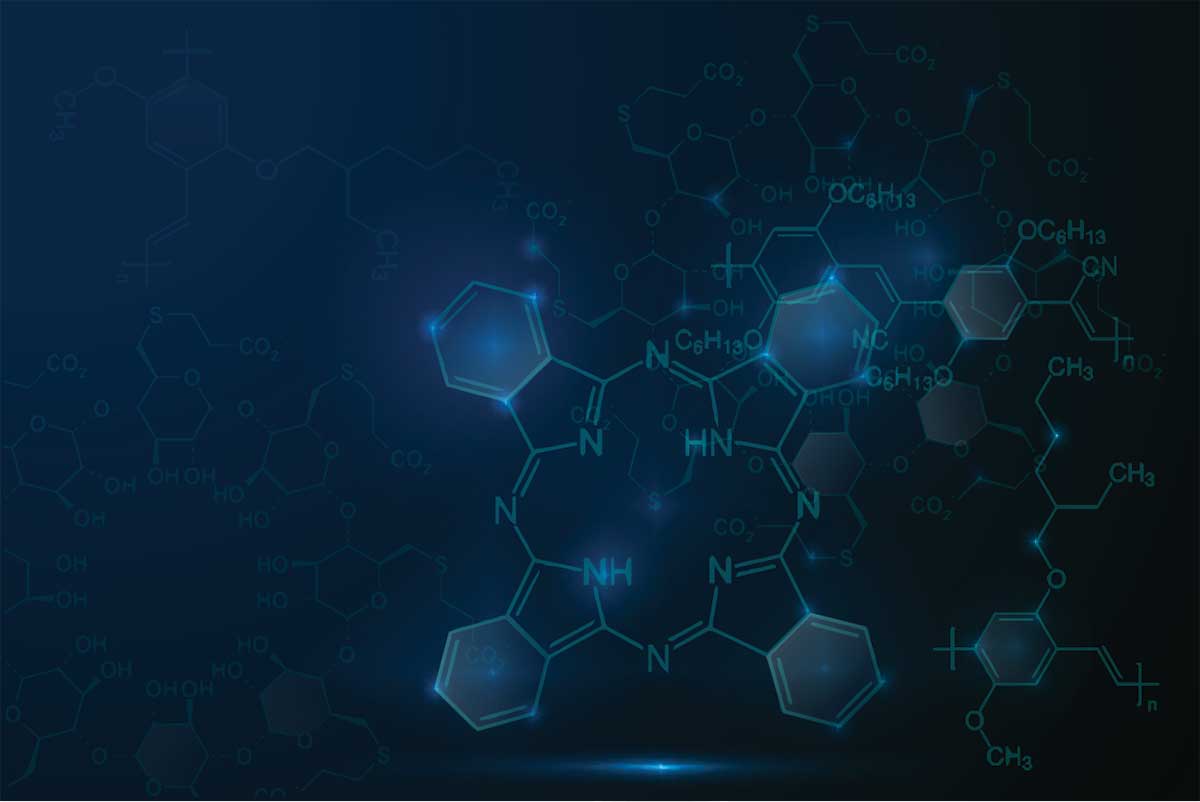How Differential Scanning Calorimetry (DSC) Works to Measure Biomolecular Stability

Differential Scanning Calorimetry (DSC) is primarily used to characterise the stability of biomolecules like proteins. Importantly, it is a direct measurement of the biomolecule in its native form. DSC measurements can provide data on thermal stability and serve as a structural fingerprint to assess conformation.
By heating the molecule at a constant rate, measurement is made of the change in heat associated with thermal denaturation of the biomolecule.
Advantages of Differential Scanning Calorimetry
Because DSC relies on heat measurements, it’s possible to characterise native biomolecules without necessarily having optically clear samples.
Characteristics measured through DSC provide the melting temperature, but also data on folding and unfolding forces within the biomolecule.
Uses of Differential Scanning Calorimetry
DSC is used frequently in drug development. Some of the key areas in which a calorimeter might be used include:
- Selection and characterisation of stable proteins and potential candidates in biotherapeutic developments
- Interaction studies of ligands
- Optimisation of manufacturing and purification conditions
- Determination of best conditions for liquid formulation
Understanding Basic Equilibrium Thermodynamics
To understand how DSC works and the benefits it can offer for accurate biomolecular measurement, it is important to understand Basic Equilibrium Thermodynamics.
Essentially, proteins and other biomolecules can be transferred between N and D conformations:
- N – structured, native and biologically active conformation
- D – unstructured, denatured, and inactive conformation
This transference happens through an increase in temperature beyond a specific range. The process is not limited to just proteins. Other biomolecules affected include:
- Organic polymers
- Biological macromolecules like DNA and lipids
Instruments used in Differential Scanning Calorimetry
The key instrument used for DSC measurement is a calorimeter. Newer models, like the Malvern MicroCal PEAQ DSC, provide a number of automation benefits in sampling and analysis. Unattended operation of the instrument after sample loading frees operator time, increasing productivity. Automated data analysis has led to more rapid generation of highly reproducible thermal stability data and compliance with regulatory requirements.
DSC instrumentation usage and protocols
Proper usage and protocols are essential for ensuring the instrumentation and samples are correctly prepared and experiments safely executed. These protocols are also documented in the US Library of Medicine.
Starting up the instrument
General guidelines might differ from instrument to instrument. Always check the instrument manual or contact the manufacturer when in doubt.
- Turn on the calorimeter and increase cell pressure. This suppresses sample boiling and the prevention of bubbles. In most calorimeters, the use of nitrogen is used.
- Adjust pressure of nitrogen gas in accordance with the manufacturer’s guidelines. This should be in line with the constituting material of the cell.
- Fill cleaning agent reservoirs to the correct volume.
- Holding compartment temperature should be set to the right value in order to maintain sample integrity before starting the experiment.
Preparing the sample
- Dialyse your sample against the buffer that is the reference for the experiment. As an alternative, elution buffer collected during the final step of protein purification can be used instead.
- Use the Kjeldahl method or Lowry method to determine the concentration of the sample. Use the most suitable method. Continue to use the same method throughout a single study to maintain objective results comparison.
- Degas both sample and buffer in a vacuum. The purpose here is to remove microbubbles that can lead to volume inaccuracy. In some newer calorimeters this can be skipped.
- This step requires a micropipette and sterile tips in a laminar flow biocontainment cabinet. In pairs, load both the samples and their buffers into 96 well plates compatible with the calorimeter.
- Fill the first two pairs of wells with buffer only and the last two pairs with water only. A buffer-buffer scan will help verify the instrument and establish baseline. Water scans will clean the cells.
- Ensure well plate is properly sealed with sealing film before removing the plate from the biocontainment cabinet. This helps prevent contamination.
- Ensure plate is in the correct orientation when placing into the sample holding compartment of the instrument.
Setup parameters for the experiment
- Enter sample information into the software. If available, enter concentrations as well. If not, input concentration values into analysis software before data analysis.
- Set cleaning options
- Set starting temperature of the experiment based on the sample. If sample is unknown, start with a low temperature.
- Set experiment final temperature. This is dependent on the sample.
- Select the scan rate for the experiment. This is also dependant on the individual experiment, but it typically is either 60 °C/h, 90 °C/h or 120 °C/h. If you are scanning an unknown sample it’s recommended to scan at different rates and examine the kinetics of unfolding within the sample.
- In order to determine reversibility of thermal unfolding you should rescan the samples. Unfolding is to be considered reversible if the enthalpy for the second scan is at least 80% of the enthalpy value of the first scan.
- To preserve the cells in the calorimeter set the thermostat to 10 °C post experiment
- Before starting the experiment, double check all parameters and ensure they meet required guidelines for the scope of the experiment.
Analysing the data with your calorimeter
Retrieval of data from the experiment can provide a number of insights into the sample. For ease of use, more modern calorimeters like the Malvern MicroCal PEAQ DSC provide a number of automated processes so you can gain faster, more accurate insights and results. Find out more about the MicroCal PEAQ DSC here.




 02 9541 3500
02 9541 3500